William C. Noland, Noland and Baskervill
1906
13 W. Franklin St
In Richmond, a Franklin Street address carries a special cache. Grand homes, apartments, offices, and institutions give the street it’s eclectic and urbane character. In recognition of its unique assortment of architectural assets, the street was designated as a city historic district in 1977.
Among the most important structures contributing to the character of Franklin Street is the Second Baptist Church, an imposing neoclassical building erected in 1906. The designer was William C. Noland, one of the most accomplished architects of late 19th and early 20th century Richmond. The design is modeled on both the Virginia State Capitol and the Maison Carée, a Roman temple in the French city of Nimes which served as Thomas Jefferson’s inspiration for the former structure. In some respects, Noland’s design comes closer to the Roman original than Jefferson’s reworking. Like the Maison Carée, the portico of Second Baptist sports elegant corinthian columns, while Jefferson’s simplified design for capitol is in the ionic order.
Noland’s other works include the Scott House at VCU, a grand mansion now used for administrative offices, and Temple Beth Ahabah, one of the city’s great religious spaces. His addition of symmetrical wings to the Virginia State Capitol was a capstone of his career. The firm he founded, Noland and Baskervill, persists today and is known simply as Baskervill.
Sitting high above Franklin Street on a stone plinth and staircase, Second Baptist helps hold together a neighborhood which has lost much of its luster due to demolitions. The church is the only remaining building on its block, the rest of which is used as a parking lot for the adjacent Jefferson Hotel, which owns the building.
Recently, the owners of the Jefferson Hotel announced their intention to demolish the church, generating significant controversy. The hotel has used the building as a storage space for more than two decades and now claims that no viable use can be found for the structure. But many question if the destruction of this important cultural resource can be so easily justified.
DOK
Photographs generously provided by Joseph McGrath
Archival image source: Florida Baptist Historical Society, https://floridabaptisthistory.org/2017/08/31/richmond-second/


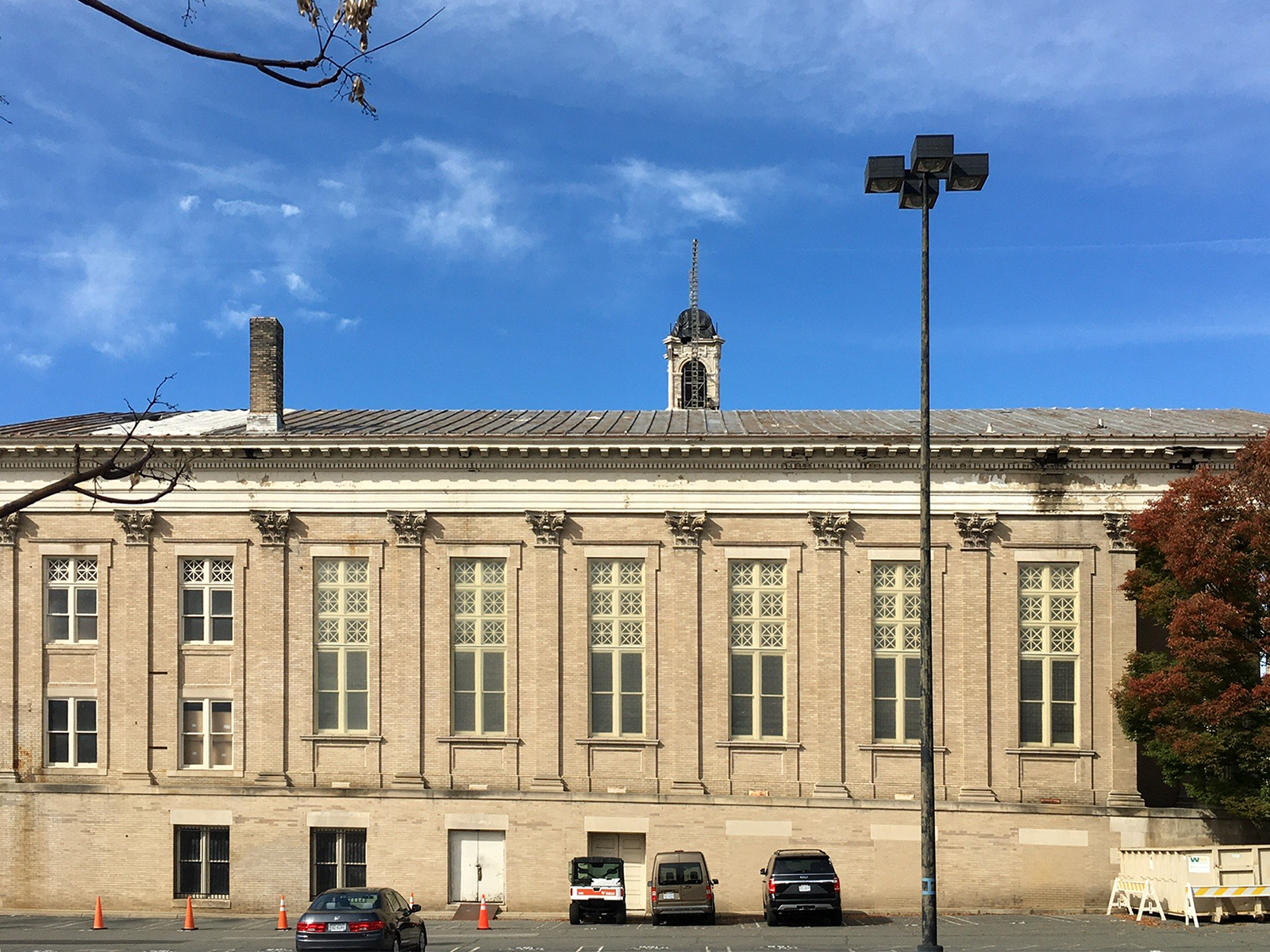

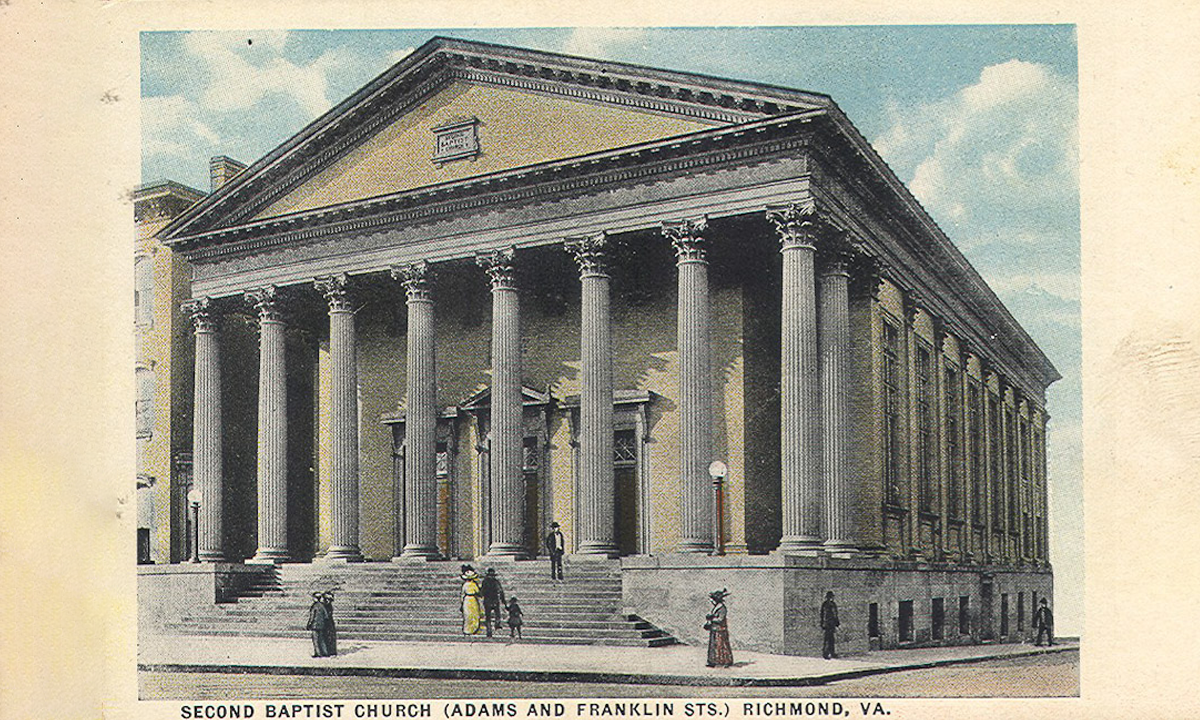




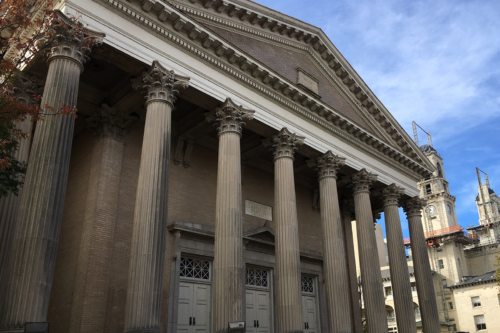
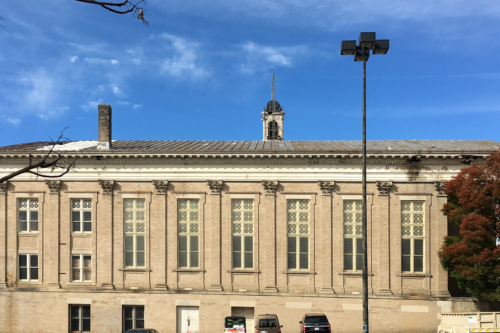

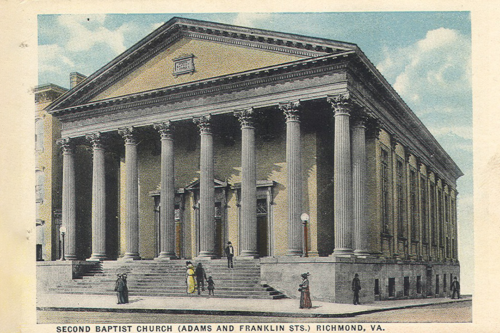


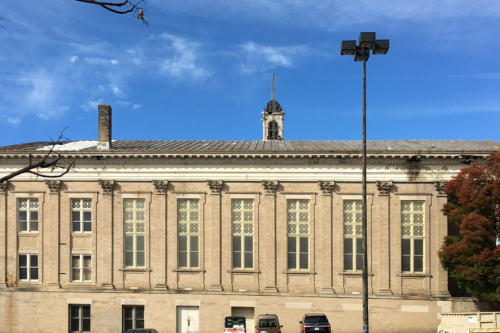

1 Comment
This is awful! Save that beautiful building!
Write a Comment